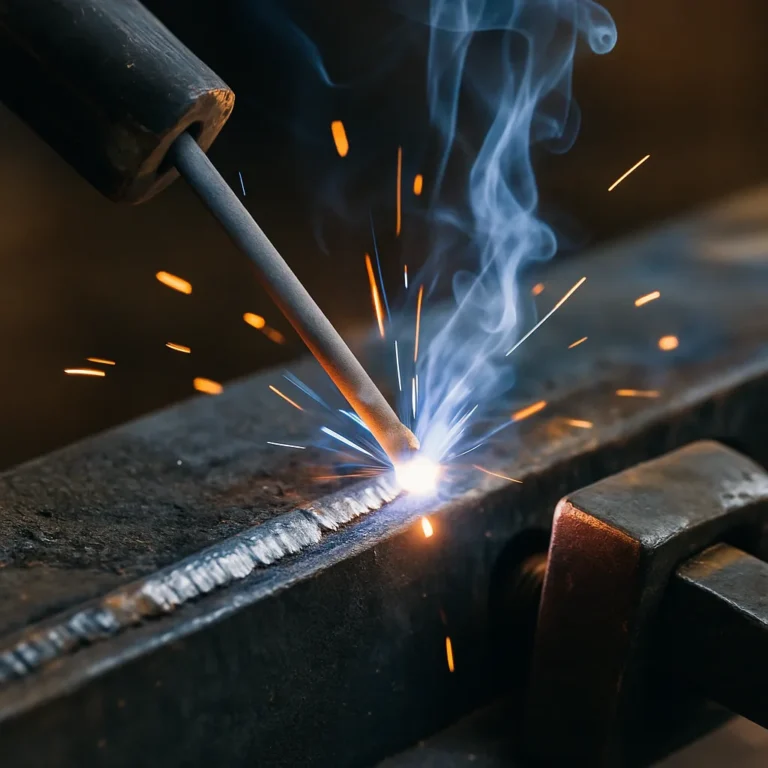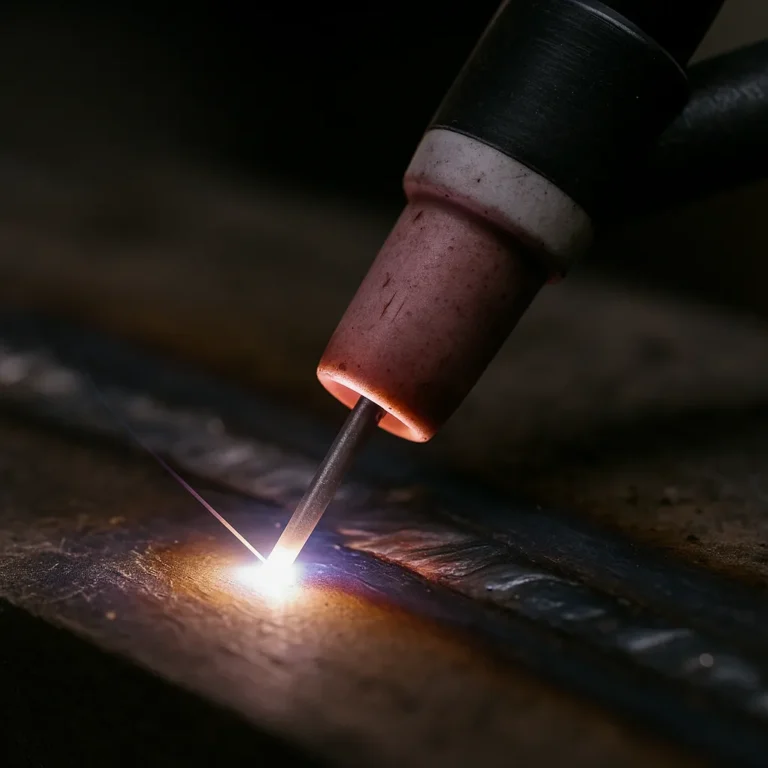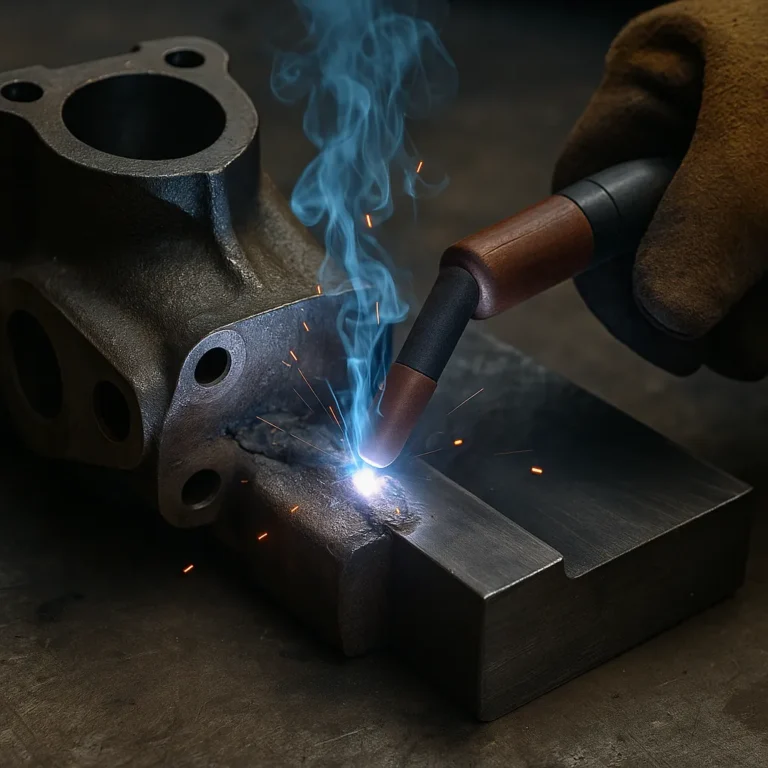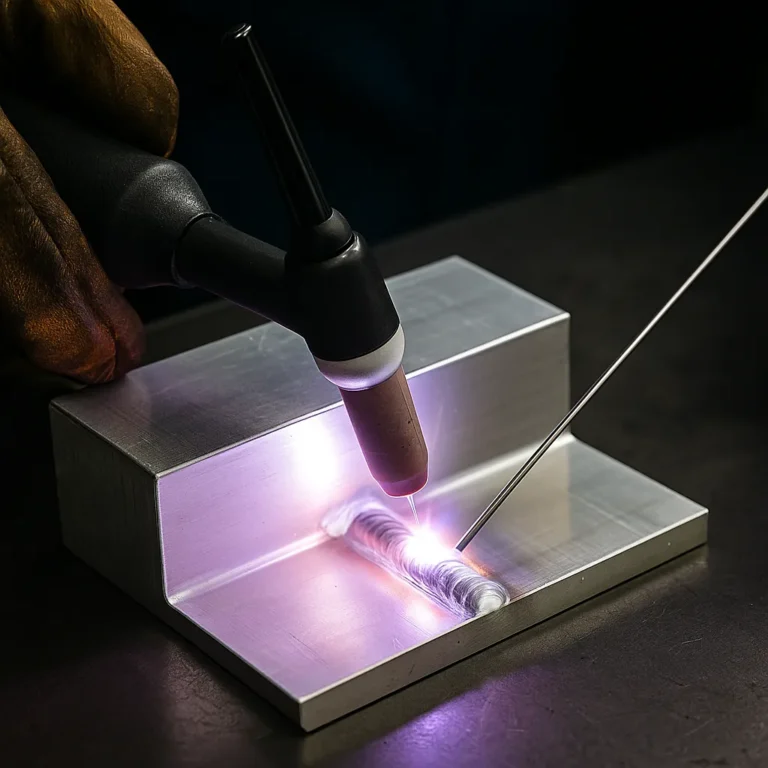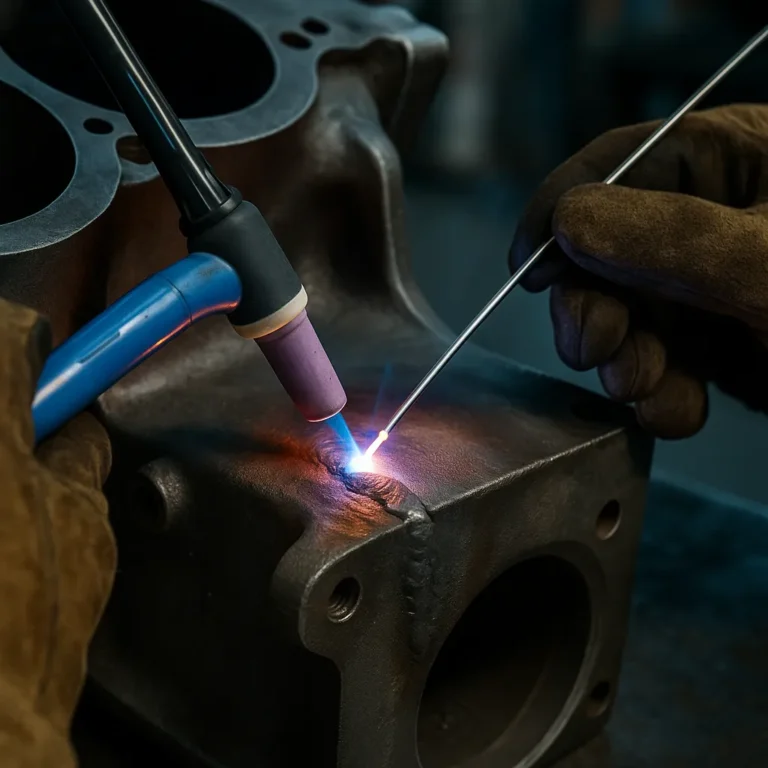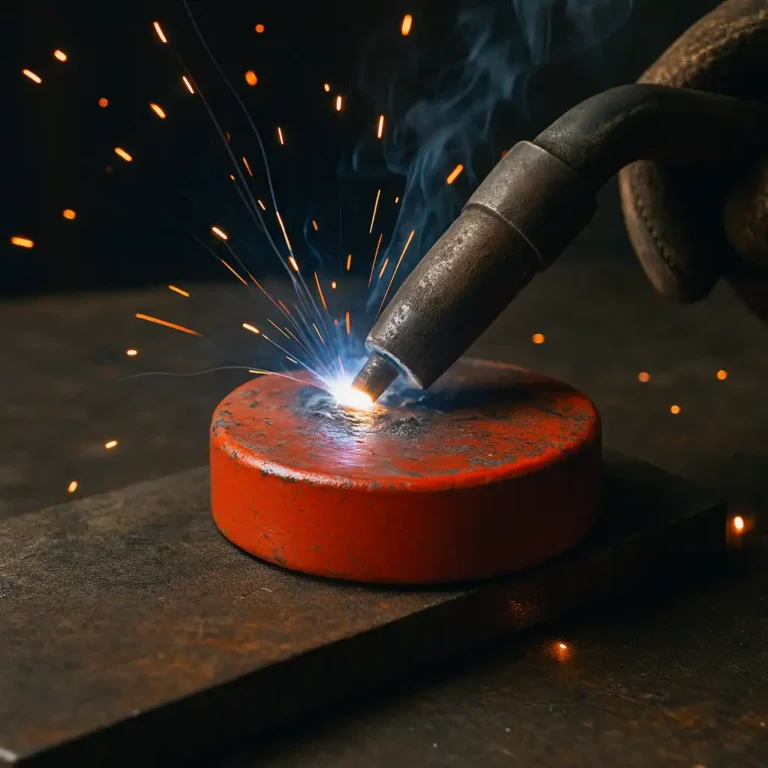What Polarity for Stick Welding: Full Guide for Stronger Welds
Polarity plays a major role in how your stick welds turn out. The right setting gives you solid penetration, clean welds, and better control of the puddle. The wrong one leaves you fighting spatter, poor fusion, and weak welds that won’t hold up under stress. Here’s a clear breakdown of which polarity works best, depending…

